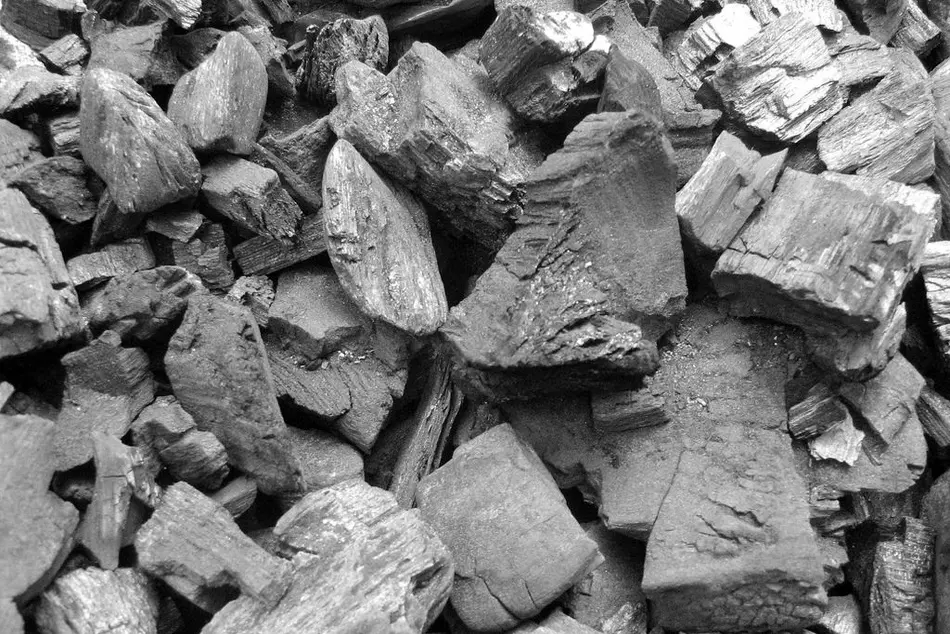Chinese restriction on coal imports affects demand on Panamaxes
China decided to restrict its coal imports in 2019 in less than 2018's levels. Drewry supports that this decision will dent demand for Panamaxes, but an ongoing tussle with Australia could be the silver lining.

China decided to restrict its coal imports in 2019 in less than 2018's levels. Drewry supports that this decision will dent demand for Panamaxes, but an ongoing tussle with Australia could be the silver lining.
Specifically, the Chinese government aims to curb the coal imports by 3-4% in 2019. This could result to a decline of approximately 10 million tonnes.
Indonesia, Australia, Russia and Mongolia are the most important coal suppliers, which together accounted for more than 95% of imports in 2018.
Although Mongolian trade is over land, the decrease in trade from key locations could be a serious damage to Panamaxes.
Drewry states that in the possibility that no change occurs in the sourcing pie in 2019, the yearly seaborne trade could decrease by 8.6 million tonnes, rendering more than 10 Panamaxes unemployed.
However, there is a possibility of a change in trade patterns due to the continuous political differences between China and Australia. Also, Drewry supports that the Dalian custom authority - which handles around 14 million tonnes of annual coal imports - will settle the matter of stopping giving clearance to coal imports from Australia.
As a result, in 2019, Drewry expects Australia coal exports to China to be in the region of 71-72 million tonnes, compared with 89 million tonnes in 2018.
In addition, Drewry comments
"In turn we expect any decline in coal imports from Australia to be partly offset by overland imports from Mongolia. If Mongolian exports to return to peak of 36-37 million tonnes, this will leave China with a deficit of 12-13 million tonnes, which it could result in increase in trade with North and South America."
As the voyage distance between China and North America is almost three times that of Australia to China, increased coal imports from latter will more than offset the loss in vessel employment, deploying about 15 additional vessels compared with 2018.



